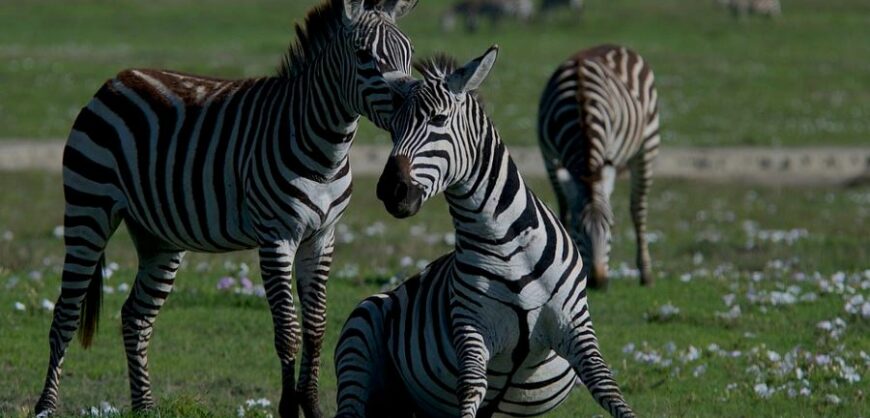Global wildlife populations have fallen by nearly 70% in less than 50 years, conservationists warned as they called for immediate action to halt the nature and climate crises.
WWF’s latest Living Planet report assesses the abundance of almost 32,000 populations of 5,230 species of animals, birds, reptiles, amphibians and fish around the world and how they have changed over the decades.
It reveals population sizes declined by 69% on average between 1970 and 2018, driven largely by the loss and break-up of natural habitat for agriculture, while climate change is also increasingly a threat to wildlife.
Species in freshwater lakes, rivers and wetlands have been worst hit, declining by an average of 83% since 1970.
The worst declines are in Latin America, home to the world’s largest rainforest, the Amazon, where increasing deforestation is destroying trees and the species that rely on them.
Wildlife population sizes in the region have declined by 94% on average in the past half century, the report said.
Experts said the Amazon is fast approaching a tipping point where it will cease to be a functioning rainforest, without which the world cannot avert dangerous global warming.
If “we lose the Amazon, we lose that fight” against climate change, WWF chief executive Tanya Steele warned.
Europe, central Asia and North America have seen lesser declines in populations, but scientists from the Zoological Society of London, whose Living Planet Index informs the report, said these areas had already seen reductions in nature by 1970 when the data begins.
more at heraldscotland.com





































